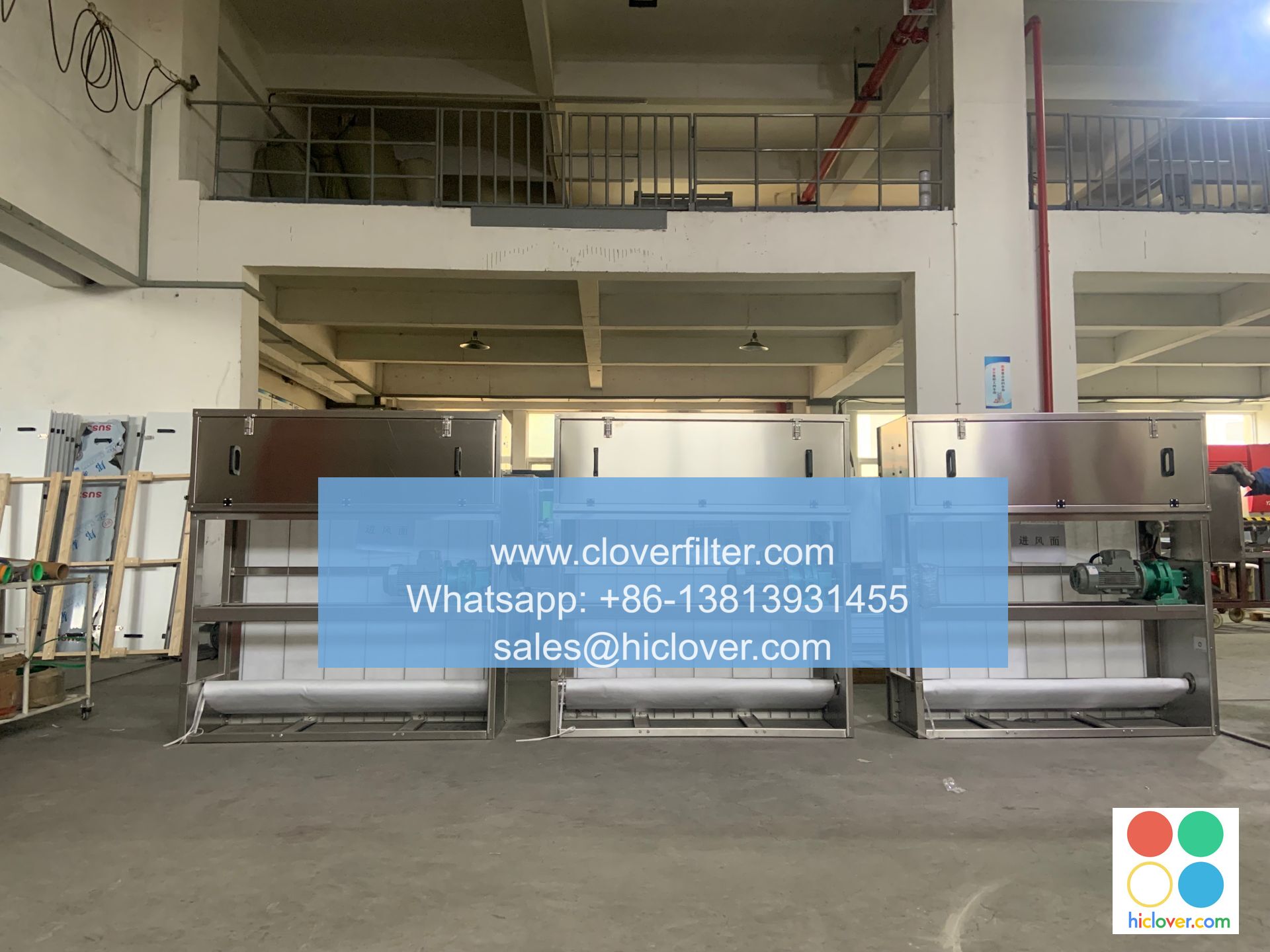Air Filter Design: The Role of Material Selection in Efficiency and Effectiveness

Air Filter Design: The Role of Material Selection in Efficiency and Effectiveness
Air filters are an essential component in various applications, including residential and commercial air conditioning systems, industrial processes, and medical devices. The effectiveness of an air filter depends heavily on the selection of materials used in its design. In this article, we will explore the role of material selection in air filter design and its impact on efficiency and effectiveness.
When selecting materials for air filter design, there are several key considerations to keep in mind. These include:
- Porosity: The degree to which a material allows air to pass through while trapping contaminants. High-porosity materials are typically used for residential air filters, while low-porosity materials are used for industrial applications where high-efficiency filtration is required.
- Filtering Capacity: The amount of contaminants an air filter can capture before becoming clogged. Materials with high filtering capacity are essential for high-traffic applications or those where contaminants are a significant concern.
- Breathability: The ease with which air flows through the material. Breathable materials are necessary for applications where high airflow is required, such as in air conditioning systems.
Material Selection Options
There are several material options available for air filter design, each with its own strengths and weaknesses. These include:
- Fiberglass: A popular choice for residential air filters due to its low cost and high porosity. However, fiberglass filters are not suitable for high-traffic applications or those where contaminants are a concern.
- Polyester: A synthetic material commonly used in residential air filters due to its durability and high filtering capacity. However, polyester filters may not be suitable for industrial applications where high-temperature environments are present.
- Polypropylene: A synthetic material used in medical devices and high-temperature industrial applications due to its high thermal stability and chemical resistance.
- Activated Carbon: A popular choice for gas masks and respiratory protection due to its ability to remove volatile organic compounds (VOCs) and other contaminants from the air.
Design Considerations
When designing an air filter, there are several design considerations to keep in mind, including:
- Filter Dimensions: The size and shape of the filter are critical in determining its effectiveness and efficiency. A filter that is too small or too large may not be able to capture contaminants effectively.
- Filter Medium: The type and thickness of the filter medium used can greatly impact the effectiveness and efficiency of the filter. A thicker medium may be more effective at capturing contaminants, but may also restrict airflow.
- Frame Construction: The material and design of the filter frame can impact the filter’s breathability and ease of installation.
Application Areas
Air filters are used in a wide range of applications, including:
- Residential Air Conditioning: Residential air filters are designed to remove dust, pollen, and other contaminants from the air in residential homes and buildings.
- Industrial Processes: Industrial air filters are designed to remove contaminants and pollutants from industrial processes, including manufacturing and oil refining.
- Medical Devices: Medical air filters are used in medical devices, including respiratory protection and dialysis machines, to remove contaminants and pollutants from the air.
- Gas Masks: Air filters are used in gas masks to remove harmful gases and vapors from the air, providing respiratory protection to workers in hazardous environments.
In conclusion, the role of material selection in air filter design is crucial in determining the efficiency and effectiveness of the filter. By understanding the key considerations, material options, and design considerations, manufacturers can design air filters that meet the specific requirements of various applications. Whether for residential air conditioning, industrial processes, medical devices, or gas masks, selecting the right materials for air filter design is critical in ensuring a safe and healthy environment.
It looks like you forgot to ask a question or provide a prompt! I’m here to help with any questions or tasks you may have. What would you like to talk about or ask?


